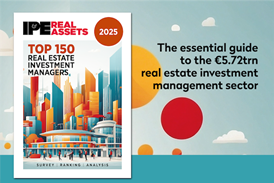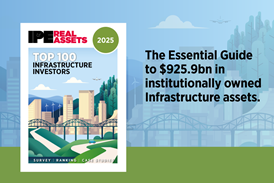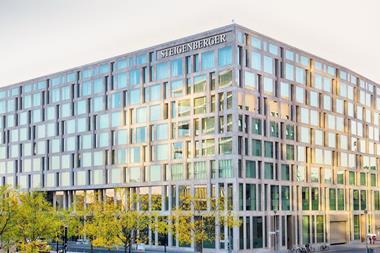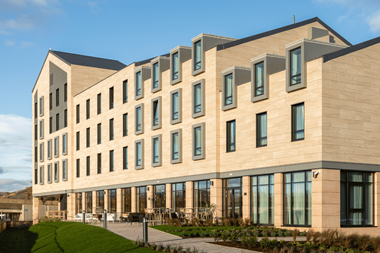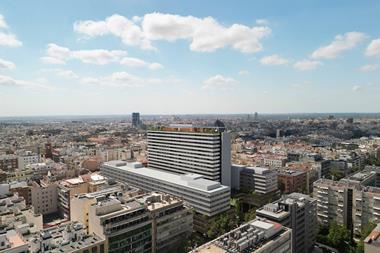Global direct commercial real estate investment will double to $1 tln (€744 bn) per annum by 2030, Jones Lang LaSalle says in a new report
Global direct commercial real estate investment will double to $1 tln (€744 bn) per annum by 2030, Jones Lang LaSalle says in a new report
Investors are responding to shifting economic conditions by funnelling more capital into commercial property, particularly in Asia, the report said. In 2012 global real estate investment volumes totalled nearly $450 bn.
Entitled 'The Advancement of Real Estate as a Global Asset Class', the report was released at the annual World Economic Forum meeting at Davos in Switzerland last week.
'Capital growth ambitions that dictated many investment decisions before the financial crisis have given way to a global hunt for secure income streams in a low-interest-rate environment,' said Colin Dyer, President and CEO of Jones Lang LaSalle. 'While real estate asset values have shown no immunity to the financial shocks of recent years, real estate nevertheless is emerging as a preferred option for many investors.'
The report finds that Asia Pacific has outpaced other regions in real estate activity since the global financial crisis, achieving commercial real estate investment volume in 2012 equal to 77% of the previous peak reached in 2007.
The Americas have only reached 62% of that level, while Europe's investment volume is 46% of its peak amount.
Another finding was that the impact of the growing pool of capital seeking exposure to real estate can be substantial. A 1.2% reallocation to real estate by the 30 largest sovereign wealth funds would increase capital allocation by $50 bn, equivalent to the entire Sydney CBD office market.
Investors are targeting a limited number of super-prime assets, chiefly office and retail buildings in major gateway cities, that have emerged as the most desired assets for some institutional investors intent on owning the most stable, best-located assets, fully leased to the most desirable tenants. Competitive bidding has driven prices on many of these properties up to and beyond pre-crisis levels.
Across 11 major global markets, spreads between real bond rates and prime-grade office market yields are on average 195 basis points wider now than in the fourth quarter of 2007, JLL found. Those higher returns are convincing many investors to increase exposure to real estate.
'With sovereign bond market yields at multi-decade, and in some cases multi-century, lows, and with the outlook for capital growth subdued, yield becomes a core driver of investment returns,' said Dyer. 'The spread between real estate and sovereign debt yields remains high, offering generous compensation to investors for the additional risk associated with real estate.'
To a lesser extent, increased allocations to real estate also reflect investor efforts to reduce risk by diversifying away from the traditional portfolio mainstays of bonds and equities, JLL's report concludes.
